Choosing between Siena and Florence can be tough for travelers planning a Tuscan adventure. Both cities offer a rich tapestry of history, art, and culture that’s hard to resist. But each has its unique charm and appeal.
Florence, the birthplace of the Renaissance, dazzles visitors with its grand museums and iconic landmarks. The city buzzes with energy, its streets filled with art lovers, foodies, and fashionistas. On the other hand, Siena offers a more intimate and authentic Tuscan experience, with its well-preserved medieval architecture and slower pace of life.
Whether you’re drawn to Florence’s world-class art galleries or Siena’s winding alleyways and stunning Piazza del Campo, both cities promise unforgettable experiences. From savoring local wines to exploring nearby hilltop towns, your Tuscan journey will be filled with delights no matter which city you choose as your base.
Key Takeaways
- Florence excels in Renaissance art and bustling city life
- Siena offers a more laid-back, medieval Tuscan atmosphere
- Both cities serve as great bases for exploring the Tuscan countryside
Historic Significance and Cultural Heritage
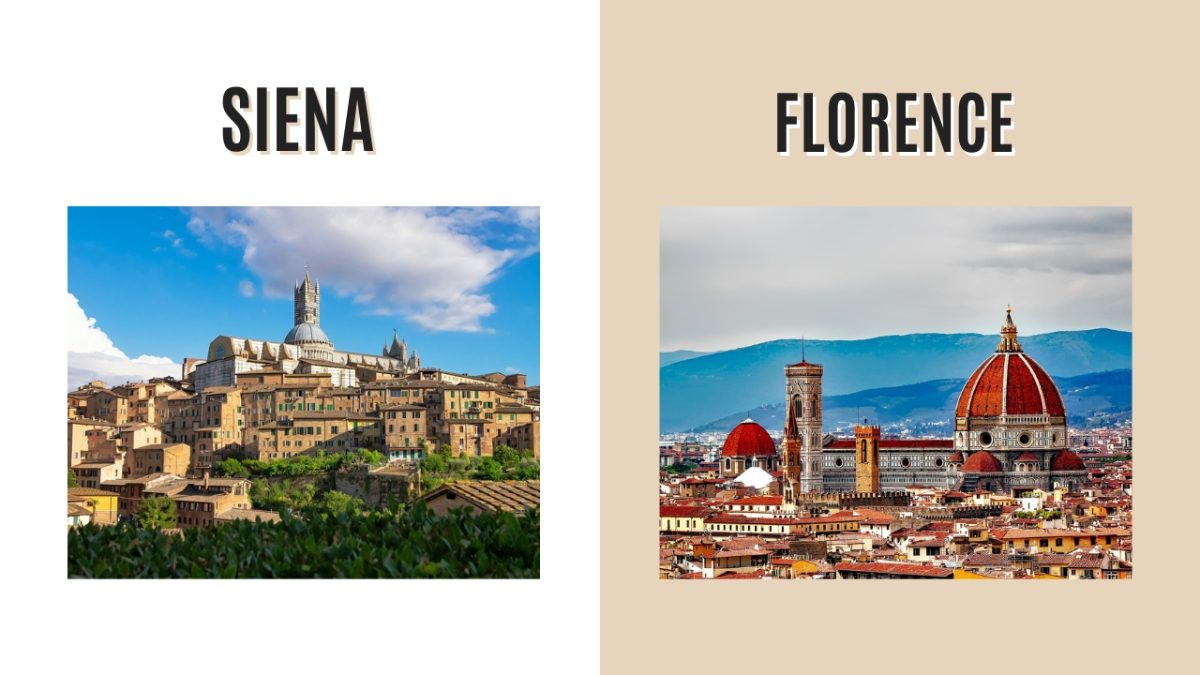
Siena and Florence are living museums brimming with centuries of art, architecture, and traditions. These Tuscan gems offer visitors a chance to step back in time and experience Italy’s rich past firsthand.
Siena’s UNESCO World Heritage Site
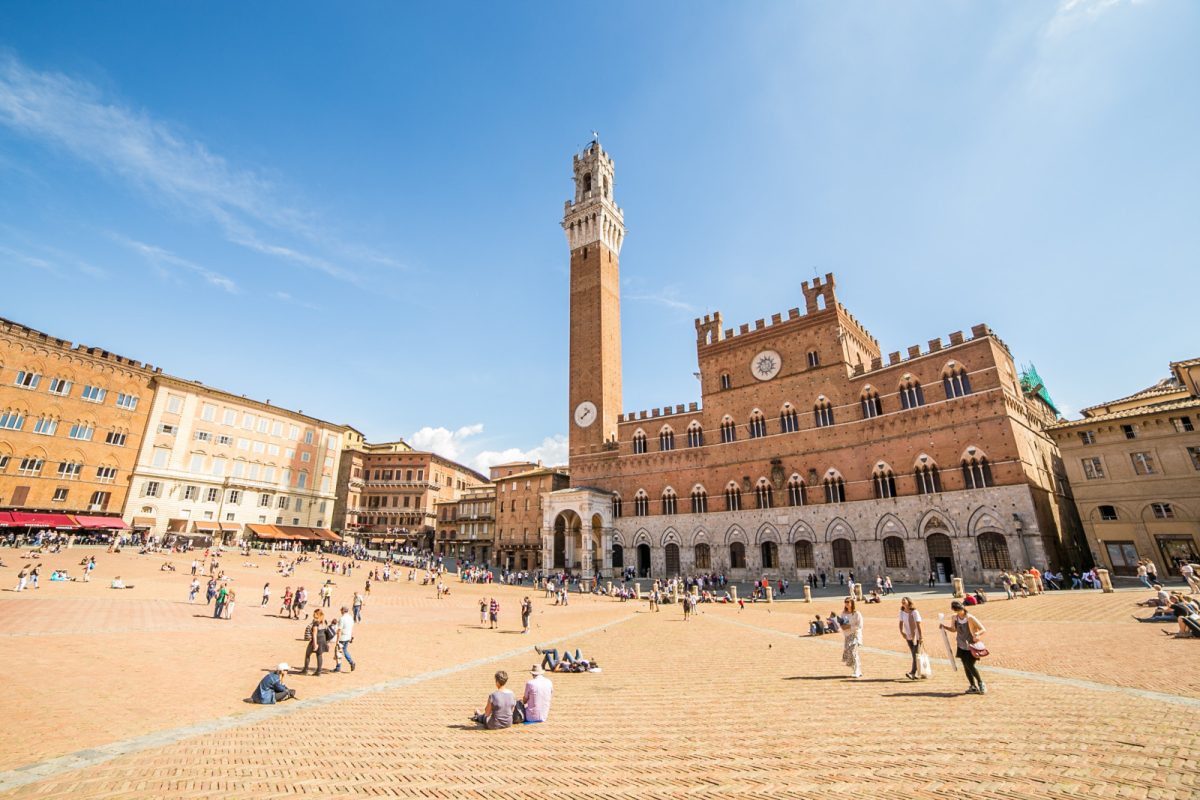
Siena’s historic center earned UNESCO status in 1995, and for good reason. The city’s well-preserved medieval architecture transports visitors to another era.
At its heart lies the Piazza del Campo, a stunning shell-shaped square that hosts the famous Palio horse race twice a year. This thrilling event dates back to the Middle Ages and showcases Siena’s 17 colorful contrade (districts).
Don’t miss the striking black-and-white striped Duomo di Siena. This Gothic masterpiece houses treasures like Michelangelo’s sculptures and Donatello’s bronze statues. For a breathtaking city view, climb the Torre del Mangia at Palazzo Pubblico.
Florence, Cradle of the Renaissance
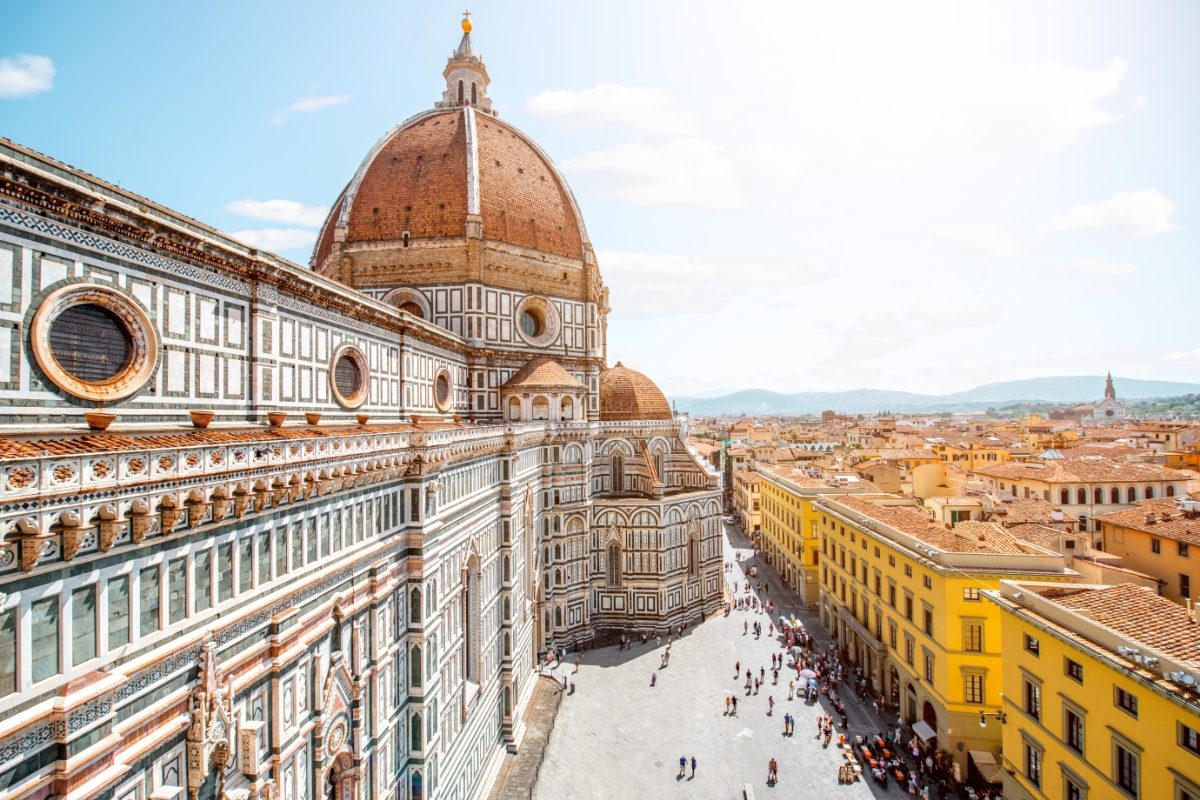
Florence sparked a cultural rebirth that changed the course of Western civilization. The city center, a UNESCO site since 1982, overflows with Renaissance wonders.
The Florence Cathedral’s iconic dome dominates the skyline. Brunelleschi’s architectural marvel took 16 years to build and still amazes visitors today.
Art lovers flock to the Uffizi Gallery for works by Botticelli, da Vinci, and Raphael. The Accademia houses Michelangelo’s David, while the Palazzo Vecchio offers a glimpse into the powerful Medici family’s world. Florence’s artistic legacy survived even the devastating 1966 flood, a testament to the city’s resilience.
Architecture and Artistic Marvels
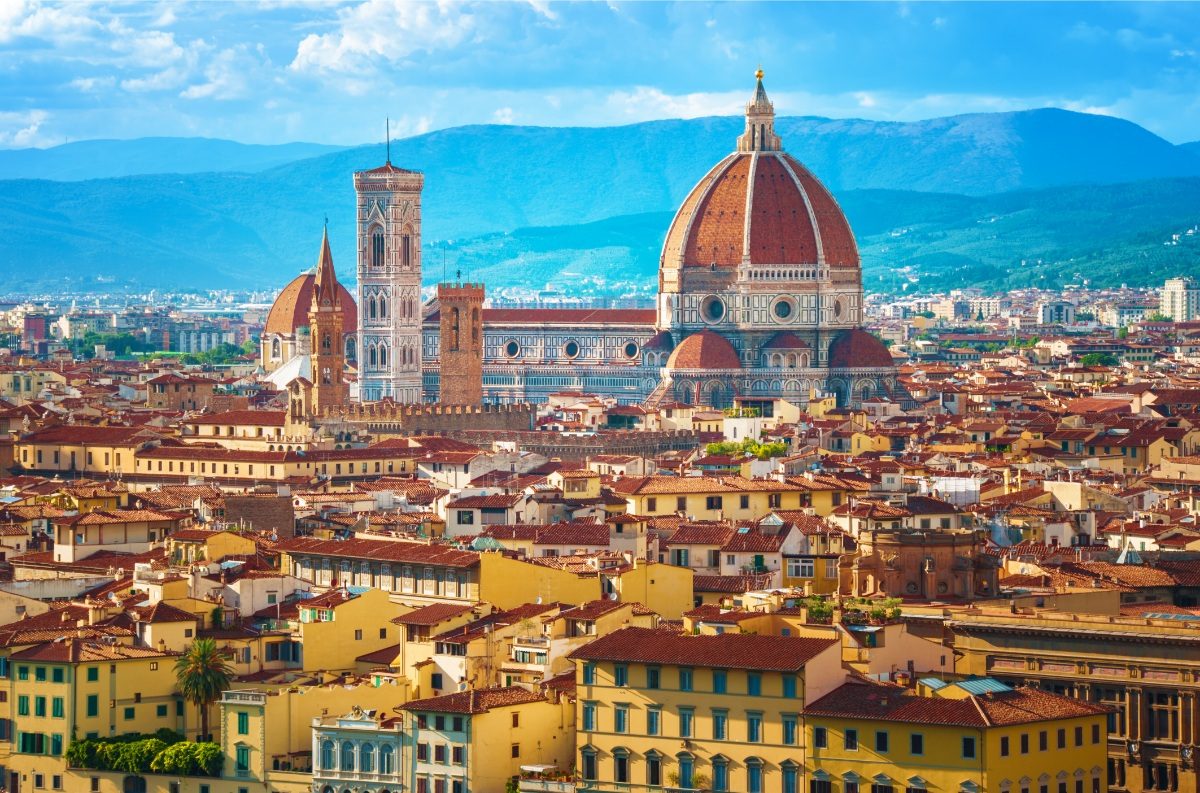
Siena and Florence each offer stunning architectural treasures and artistic wonders that showcase their unique histories and cultural significance. Gothic splendor meets Renaissance grandeur as we explore the iconic landmarks of these Tuscan gems.
Siena’s Gothic Charm

Siena’s medieval heart beats strong with its awe-inspiring Gothic architecture. The city’s crowning glory is the Duomo, a masterpiece of black-and-white marble stripes. Inside, you’ll find intricate mosaic floors and sculptures by Michelangelo.
The Palazzo Pubblico dominates the shell-shaped Piazza del Campo. Its soaring bell tower, the Torre del Mangia, offers breathtaking city views. The palace’s interior boasts amazing frescoes depicting good and bad government.
Wandering Siena’s narrow streets reveals hidden architectural gems. Brick palaces and churches showcase the city’s wealth during its medieval heyday. Once a hospital, the Santa Maria della Scala houses mesmerizing frescoes and art collections.
Florence’s Architectural Masterpieces

Florence bursts with Renaissance splendor at every turn. Brunelleschi’s magnificent dome atop the Duomo dominates the city’s skyline. Climb the top for panoramic views and a close-up look at the ingenious double-shell design.
The Palazzo Vecchio stands guard over the bustling Piazza della Signoria. Its crenelated tower and ornate interior transport you back to the days of the Medici. Don’t miss the Uffizi Gallery next door – a treasure trove of Renaissance art housed in a 16th-century palace.
For a taste of Florence’s romantic side, stroll across the Ponte Vecchio. This medieval bridge lined with jewelry shops spans the Arno River. Nearby, the Palazzo Pitti showcases opulent Renaissance and Baroque styles.
Art lovers can’t miss Michelangelo’s David at the Accademia Gallery. This iconic sculpture embodies the Renaissance ideal of human perfection.
See Related: The Best Art Museums In Italy
Culinary Delights and Local Gastronomy
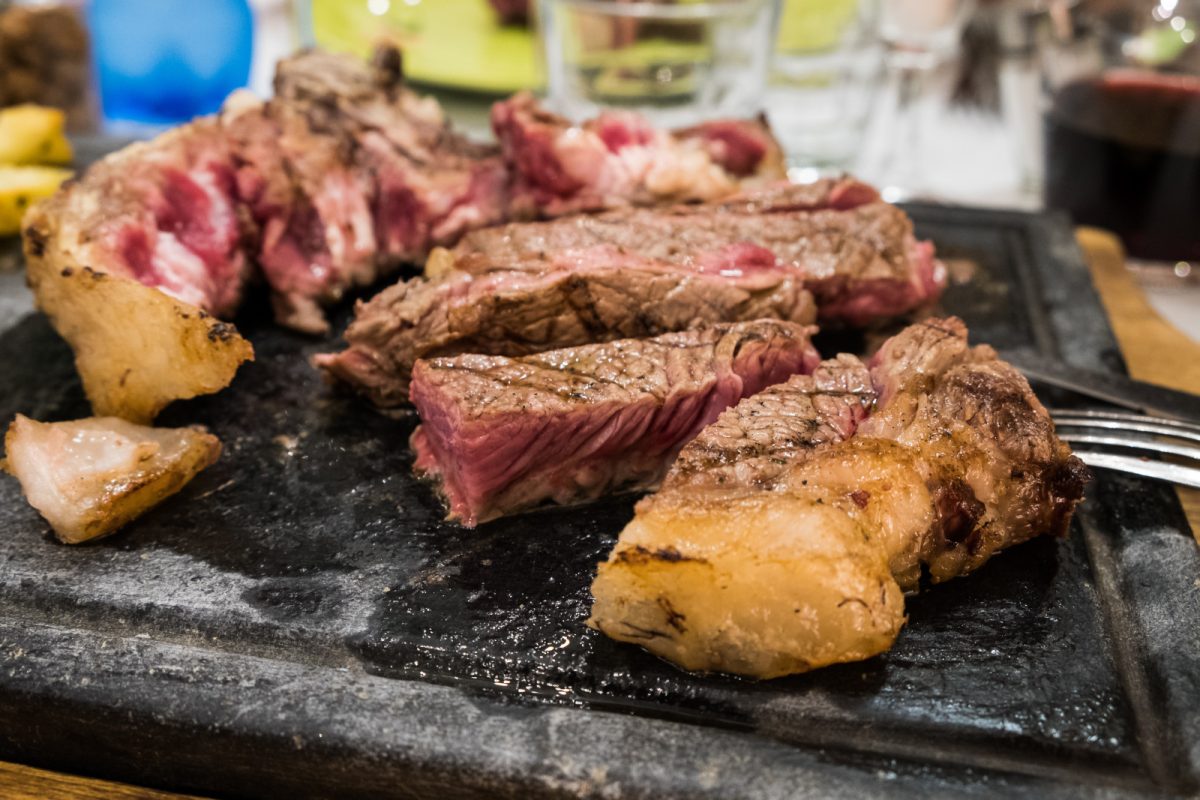
Tuscany’s famous cities of Siena and Florence offer mouthwatering food scenes that delight any foodie. Each city has its unique flavors and specialties to savor.
Taste of Siena: Traditional Delicacies
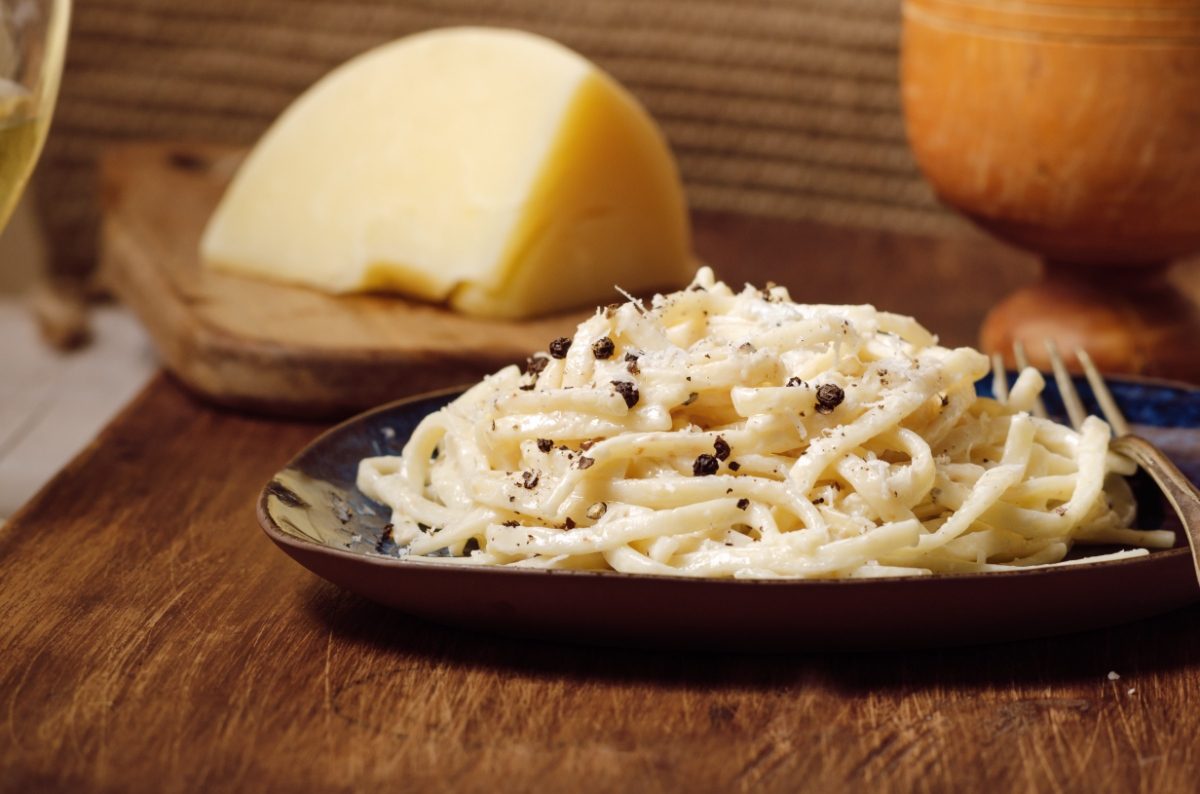
Siena’s cuisine is hearty and rustic. Pici pasta is a local favorite – thick, hand-rolled spaghetti often served with rich meat sauces or simple cacio e pepe (cheese and pepper).
Visitors shouldn’t miss panforte, Siena’s dense fruit and nut cake from medieval times. It goes great with a glass of Vin Santo dessert wine.
For a true Sienese experience, try ribollita. This thick bread and vegetable soup showcases Tuscan simplicity.
In cooler months, wild boar stew is a warming treat. Gelato fans will find artisanal shops tucked away on winding streets. A small cone costs about €3.
Read Also: Venice vs Puglia: Which Italian Gem to Choose in 2025
Florentine Flavors: A Gastronomical Journey
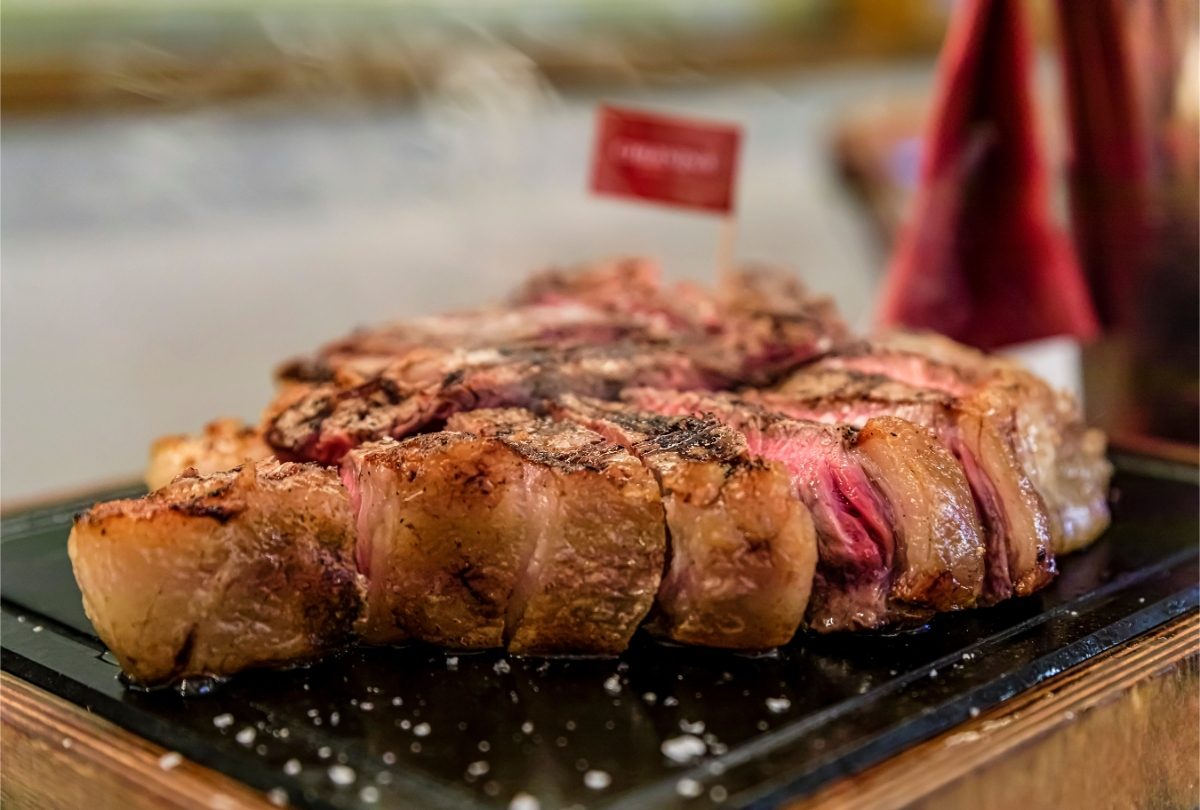
Florence is famous for its massive bistecca alla Fiorentina—a thick T-bone steak grilled rare over oak coals. It’s pricey at around €50-60 but easily feeds two.
Lampredotto, a sandwich made from a slow-cooked cow stomach, is more budget-friendly. It’s an acquired taste but beloved by locals.
The bustling Mercato Centrale is foodie heaven. Visitors can sample cheeses, cured meats, fresh pasta, and more from local vendors.
Don’t miss the upstairs food court for a casual lunch. For dessert, gelato is a must. Some of the city’s best gelaterias use seasonal ingredients like figs in fall.
Exploring Towns and Attractions
Siena and Florence are ideal bases for discovering Tuscany’s charming towns and iconic sights. Both cities offer easy access to picturesque hill towns, rolling vineyards, and historic landmarks that capture the region’s essence.
Discovering Siena’s Surroundings
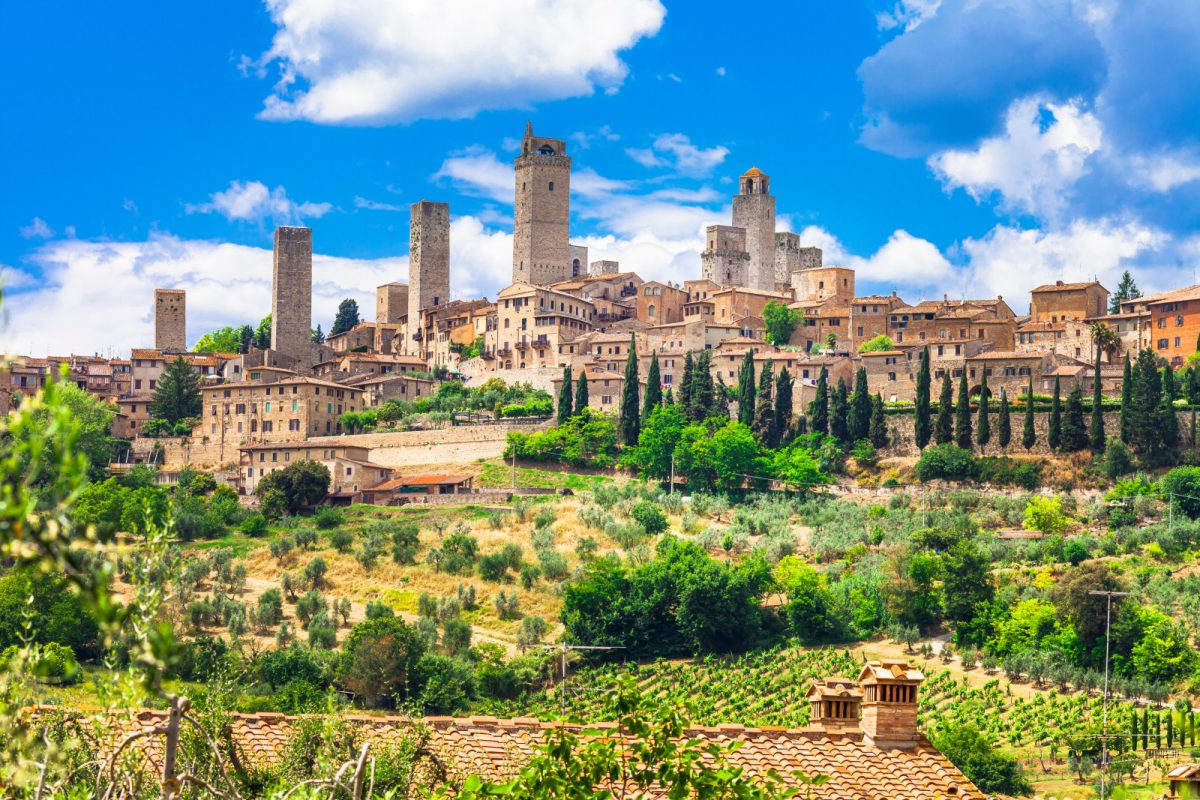
Siena’s central location makes it perfect for exploring southern Tuscany. With its medieval towers, San Gimignano is just an hour away by car or bus.
This stunning town feels frozen in time and offers amazing countryside views. Don’t miss climbing Torre Grossa for a bird’s-eye view.
Montepulciano, famous for its wine, sits atop a limestone ridge about 1.5 hours from Siena. Wander its steep lanes and pop into wine cellars for tastings. The main square, Piazza Grande, is breathtaking.
For a taste of Tuscan village life, visit tiny Monticchiello. Its stone houses and flower-lined streets are straight out of a postcard. Grab lunch at Osteria La Porta for incredible views and local specialties.
Excursions from Florence
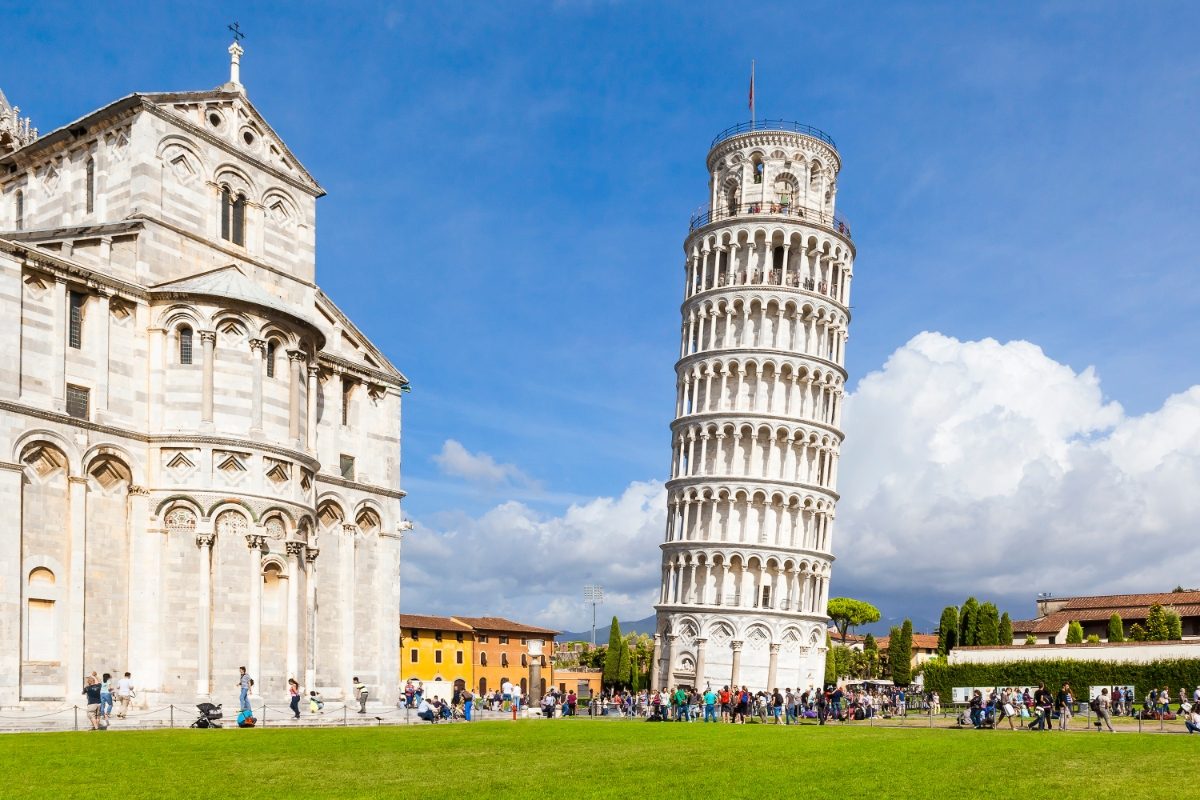
Florence’s location opens up northern Tuscany and beyond. Pisa, home to the Leaning Tower, is an easy day trip – just an hour by train. Book a skip-the-line ticket to climb the tower (€18) and beat the crowds.
Lucca, with its intact Renaissance walls, makes for a lovely excursion. Rent bikes to cycle atop the walls, then explore the maze-like old town. The Guinigi Tower’s rooftop oak trees are a unique sight.
For coastal beauty, head to Cinque Terre. While it’s a long day trip (2.5 hours each way), the colorful cliffside villages are unforgettable. Take the train between towns and enjoy spectacular sea views.
Lifestyle and Traditions: Festivals and Events
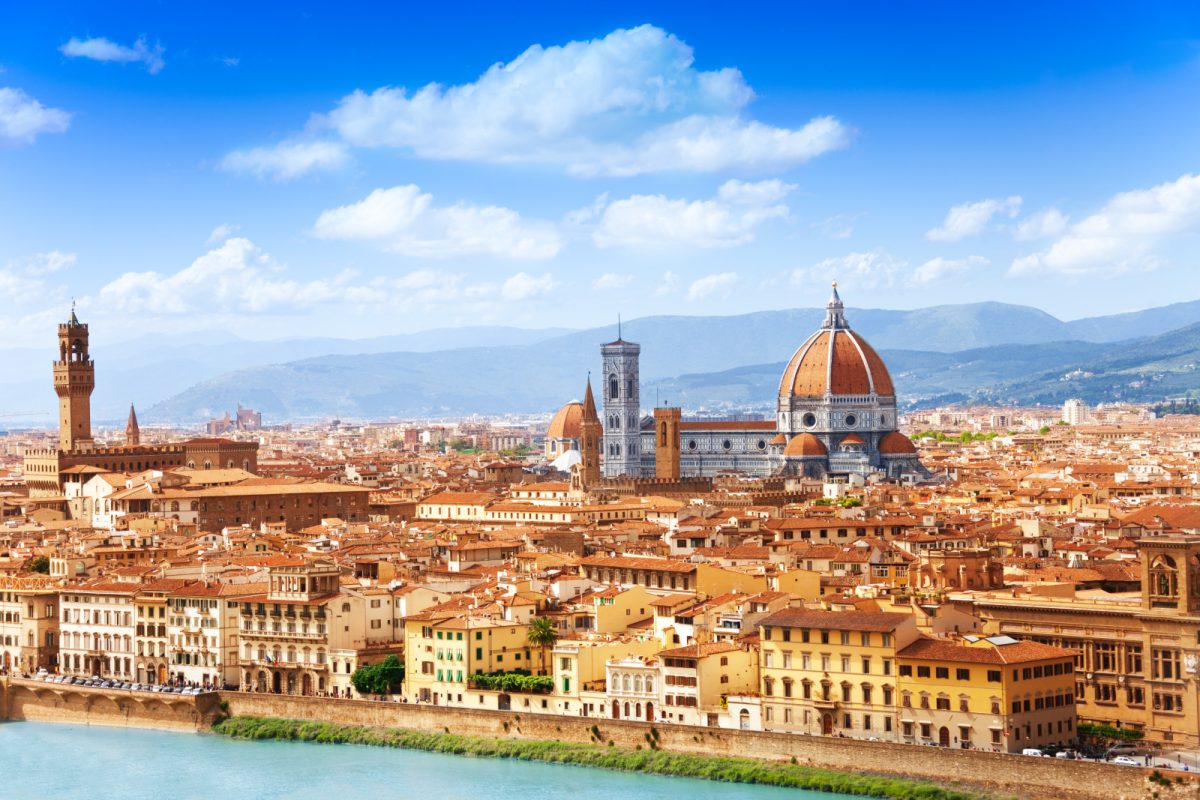
Siena and Florence burst with vibrant traditions and lively festivals that showcase their rich cultural heritage. Both cities offer unique experiences that bring history to life and give visitors a taste of authentic Tuscan culture.
Siena’s Heartbeat: The Palio Horse Race
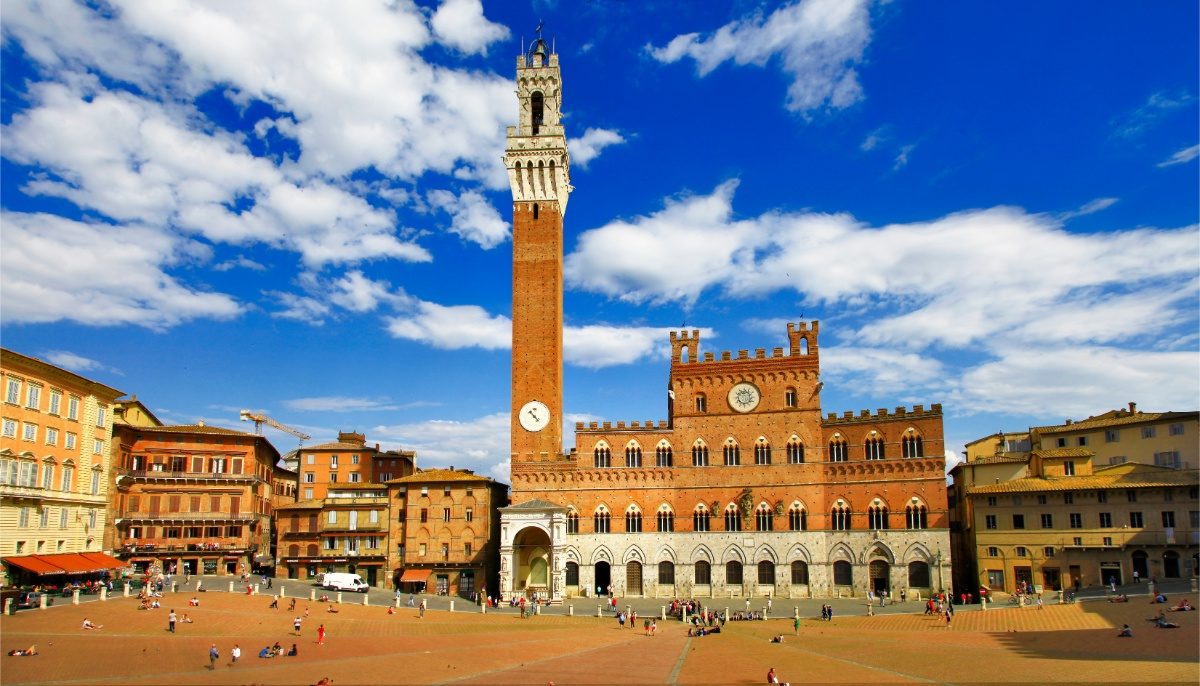
The Palio di Siena is the beating heart of Siena’s traditions. This thrilling horse race happens twice each summer in the shell-shaped Piazza del Campo.
Ten horses and riders represent different city districts, racing bareback around the square. The atmosphere is electric, with crowds cheering and waving colorful flags.
The Palio isn’t just a race – it’s a way of life for Sienese people. Preparations start months in advance, with each district hosting dinners and events.
On race day, the square fills with 60,000 spectators. The race only lasts 90 seconds, but the celebrations go on for days. It’s a must-see spectacle that captures Siena’s passionate spirit.
Florentine Festivities and Culture

Florence has an exciting calendar of events. On Easter Sunday, the Scoppio del Carro (Explosion of the Cart) lights up.
A centuries-old tradition, it features a cart pulled by white oxen to the Duomo. The Archbishop lights a fuse, setting off a spectacular fireworks display there.
Florence celebrates its patron saint in June with the Festa di San Giovanni. The day ends with a fireworks show over the Arno River.
For a taste of Renaissance life, don’t miss the Calcio Storico. This brutal form of historic football sees teams competing in 16th-century costumes. It’s a uniquely Florentine mix of sport, history, and pageantry.
See Related: Two Weeks in Italy Itinerary: The Perfect Family Adventure
Accommodation and Stay Recommendations
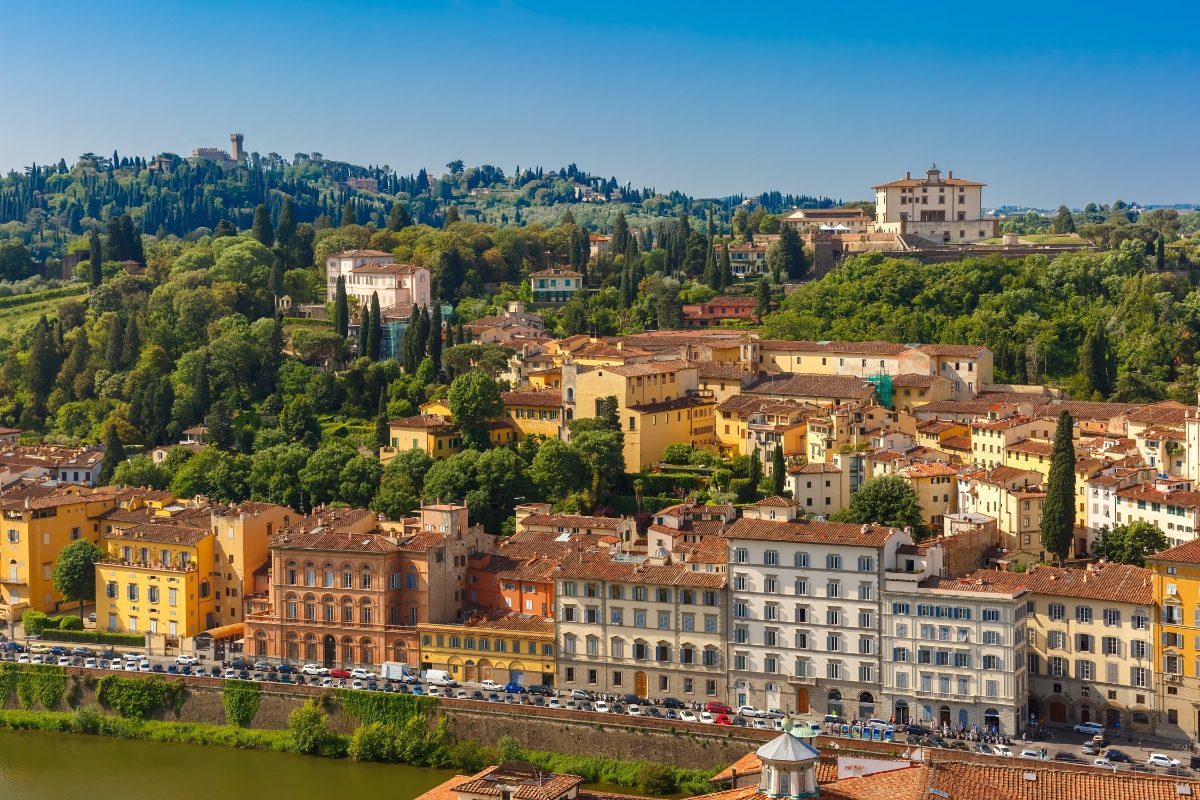
Choosing where to stay in Siena or Florence can make or break your Tuscan adventure. Each city offers unique lodging options that cater to different tastes and budgets.
Where to Stay in Siena for Immersive Experiences
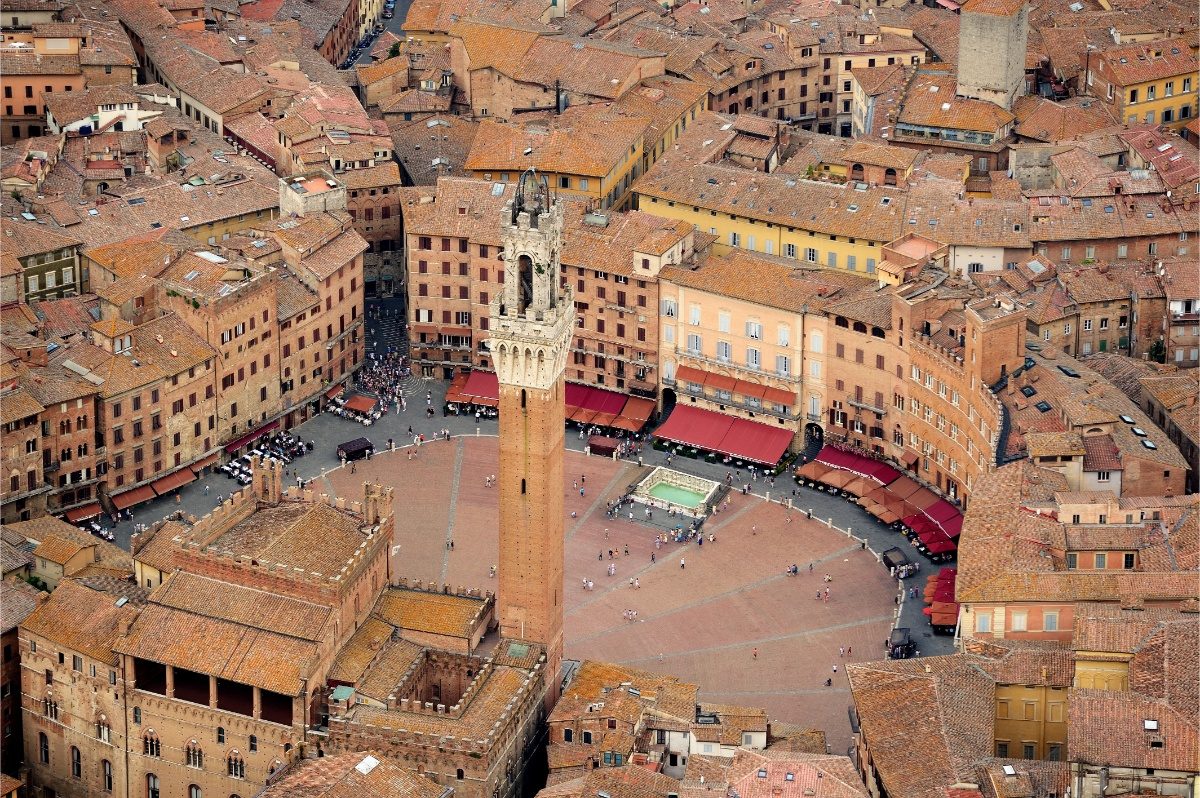
Siena’s charming historic center is the perfect place to immerse yourself in Tuscan culture. The Terzo di Camollia neighborhood offers a quieter atmosphere with easy access to top sights.
Boutique hotels in converted palazzos provide an authentic experience. Prices range from €80-200 per night.
For budget travelers, family-run B&Bs near Piazza del Campo offer great value. Expect to pay around €60-100 per night. These cozy accommodations often include homemade breakfasts with local specialties.
Staying within the city walls lets you soak up Siena’s medieval ambiance after day-trippers leave. Wander the narrow streets and find hidden gems like tiny wine bars tucked away in centuries-old buildings.
Florence’s Best Neighborhoods for Tourists
The Santa Maria Novella area near the main train station is ideal for exploring. Mid-range hotels here cost about €100-150 per night.
Look to the Oltrarno district across the Arno River for a luxurious stay. Upscale hotels in restored Renaissance palaces offer stunning views. Prices start at around €200 per night.
Budget-conscious travelers should consider the San Frediano neighborhood. This up-and-coming area has affordable guesthouses and apartments from €70 per night. It’s a bit further from the main sights but offers a more local vibe.
Florence gets crowded in summer, so book well in advance. Spring and fall are lovely times to visit, with milder weather and smaller crowds.
Travel Insights and Practical Information
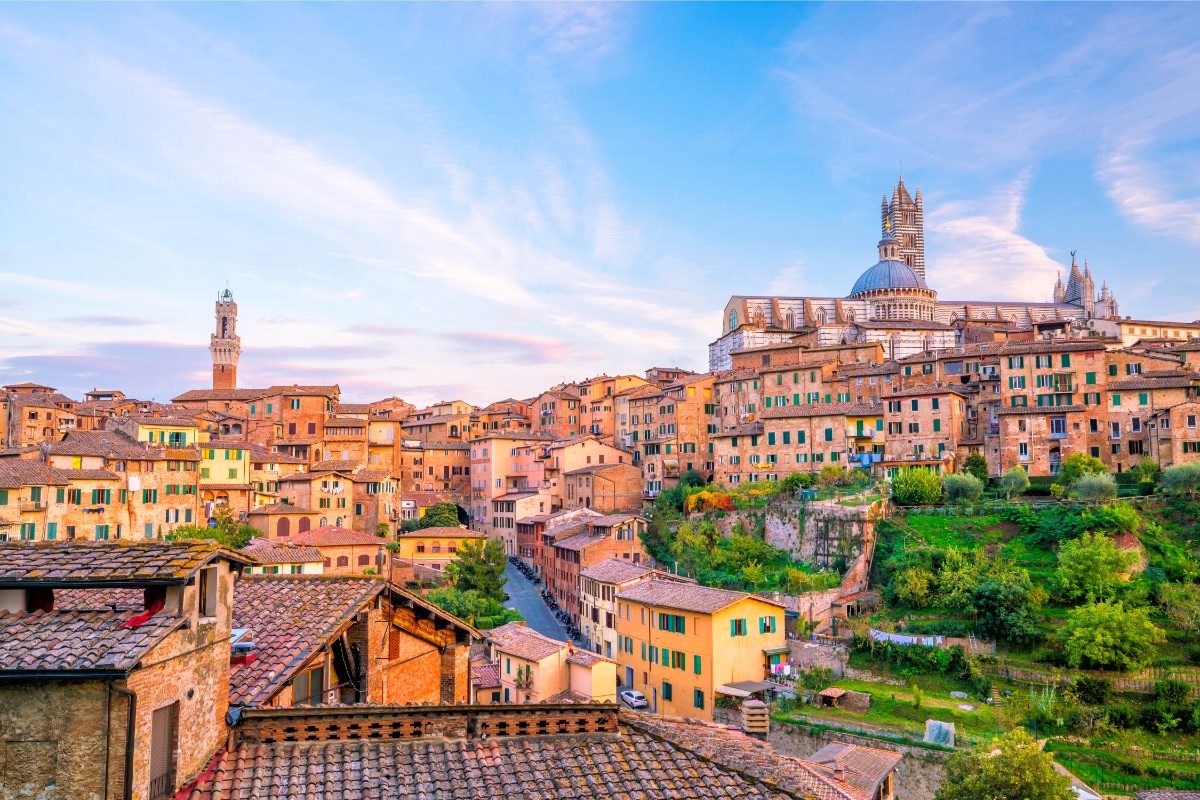
Getting around Siena and Florence takes some planning, but both cities offer unique charms for visitors. Each has its transportation quirks and insider tips to make your trip smoother.
Getting to and Around Siena
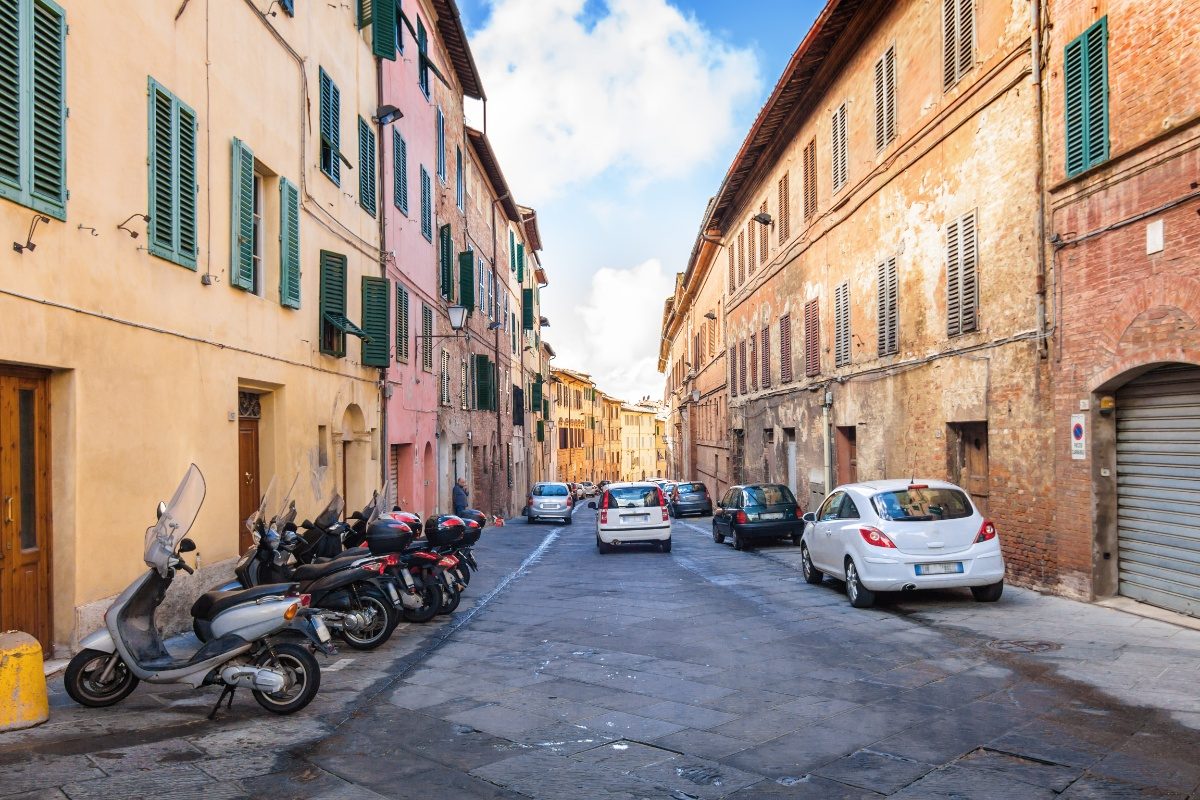
Siena has no airport, so most travelers arrive by bus or train from Florence or Rome. The historic center is mostly pedestrian-only, which is great for wandering but means you’ll do lots of walking.
Buses are the best way to get around if you need a break from hoofing it. A 24-hour ticket costs about €5 and lets you hop on and off all day. Taxis are available but pricey – expect to pay €10-15 for a short ride.
If you’re driving, park outside the city walls. The ZTL (limited traffic zone) has hefty fines for unauthorized vehicles. I learned that lesson the hard way on my first visit!
Navigating Florence with Ease
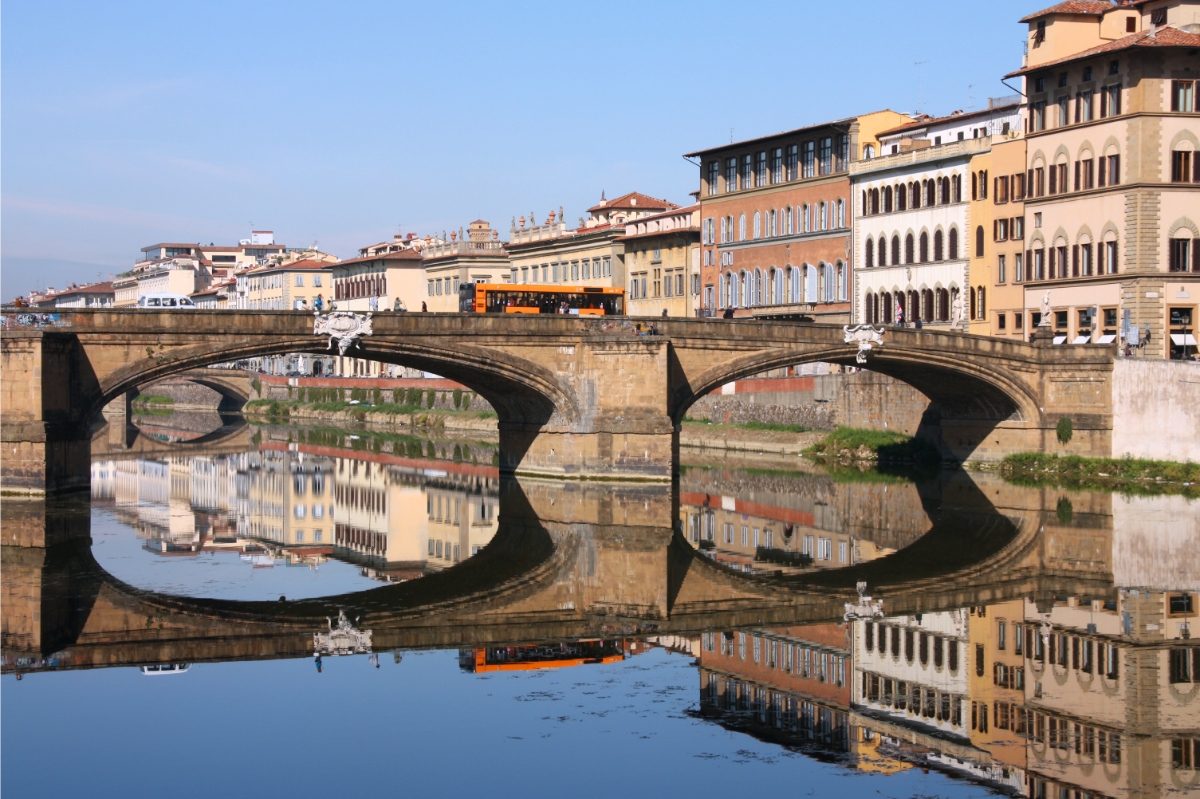
Florence’s Amerigo Vespucci Airport is just 4 km from the city center. A taxi to town costs around €25, or you can take the cheap and cheerful shuttle bus for €6.
Once you’re in Florence, walking is often the fastest. The historic center is compact, and most sights are within a 20-minute stroll. Comfy shoes are a must on those cobblestone streets!
When your feet need a rest, hop on a bus or tram. A 90-minute ticket is €1.50. Or do as the locals do and rent a bike – there are plenty of rental shops, and it’s a fun way to explore.
Watch out for pickpockets on crowded buses and near major tourist spots. Keep valuables close, especially around the Duomo and Ponte Vecchio.
See Related: Northern Italy vs Southern Italy: A Comprehensive Comparison
Frequently Asked Questions
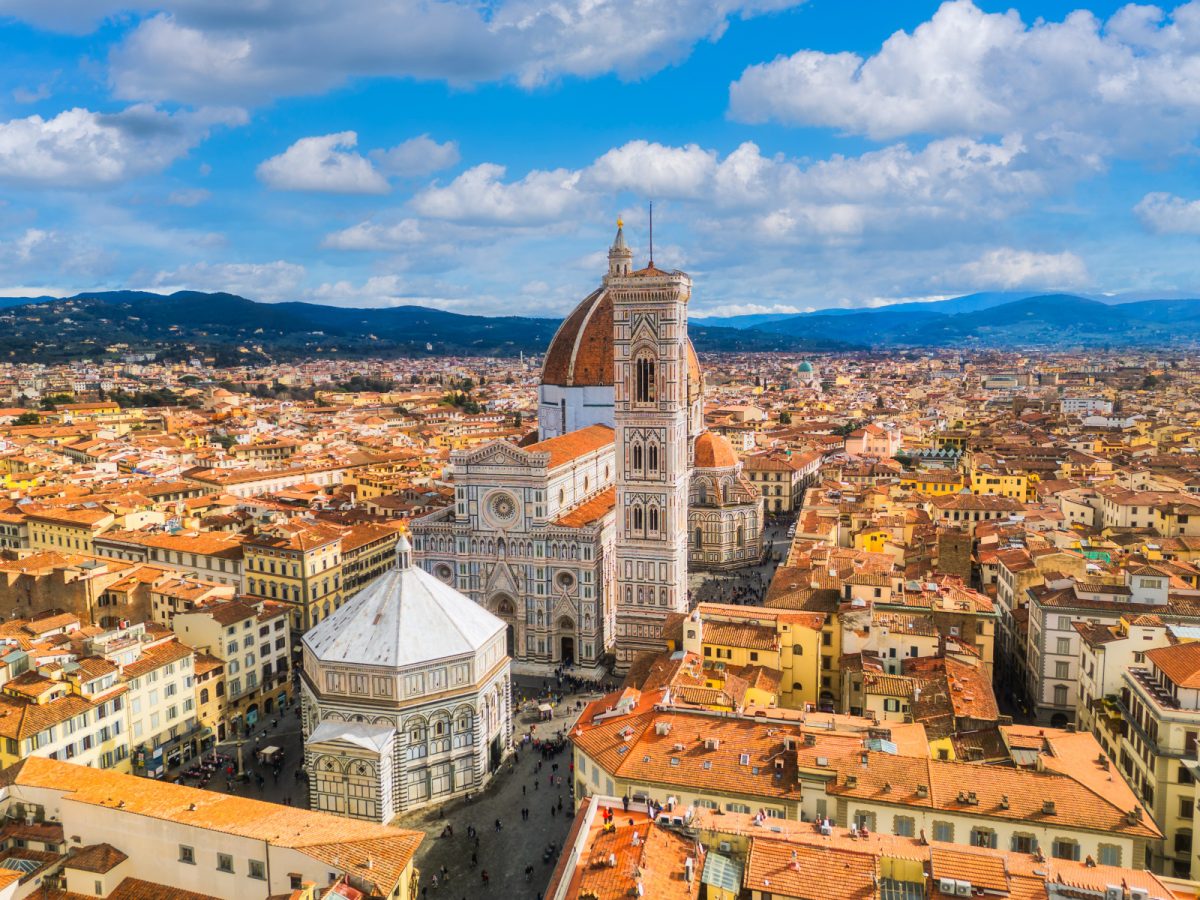
Siena and Florence are two of Tuscany’s most beloved cities, each with unique charm and appeal. Travelers often wonder about the differences between these iconic destinations.
What are the historical differences between Siena and Florence?
Siena and Florence have a long history of rivalry dating back to medieval times. Florence was the birthplace of the Renaissance, while Siena maintained its Gothic architecture.
The Medici family ruled Florence, making it a major banking and artistic center. On the other hand, Siena was governed by a republic and focused on trade and banking.
Can you compare the cost of living in Siena versus Florence?
Florence tends to be pricier than Siena, especially for accommodation and dining. A meal at a mid-range restaurant in Florence might cost €25-35; in Siena, it’s closer to €20-30. Rent for a one-bedroom apartment in Florence’s city center averages €800-1000 per month, compared to €600-800 in Siena.
Which city should be preferred as a base for exploring Tuscany, Siena, or Florence?
Both cities make great bases for exploring Tuscany, but Siena might have the edge. It’s smaller and less crowded, with easier access to the countryside. Florence has better train connections, but Siena’s central location is ideal for day trips to places like San Gimignano and Montepulciano.
How does the travel experience differ between Siena and Florence?
Florence is bustling with tourists and packed with world-famous museums and art. Siena offers a more laid-back vibe and feels like stepping back in time.
Florence can be overwhelming in peak season, while Siena retains its charm year-round. Both have amazing food, but Siena’s traditional Tuscan cuisine is hard to beat.
What is the significance of the rivalry between Siena and Florence throughout history?
The Siena-Florence rivalry shaped much of Tuscan history. It led to numerous battles, including the Battle of Montaperti in 1260.
This competition also spurred artistic and architectural innovations as each city tried to outdo the other. Today, the rivalry lives on in a friendlier form, seen in local pride and soccer matches.
What are the transportation options available from Florence to Siena?
Getting from Florence to Siena is easy. Trains run regularly and take about 1.5 hours, costing around €10. Buses are slightly cheaper at €8-9 and take a similar time.
Renting a car allows you to explore, but watch out for limited traffic zones in both city centers. The drive takes about an hour through the gorgeous Tuscan countryside.

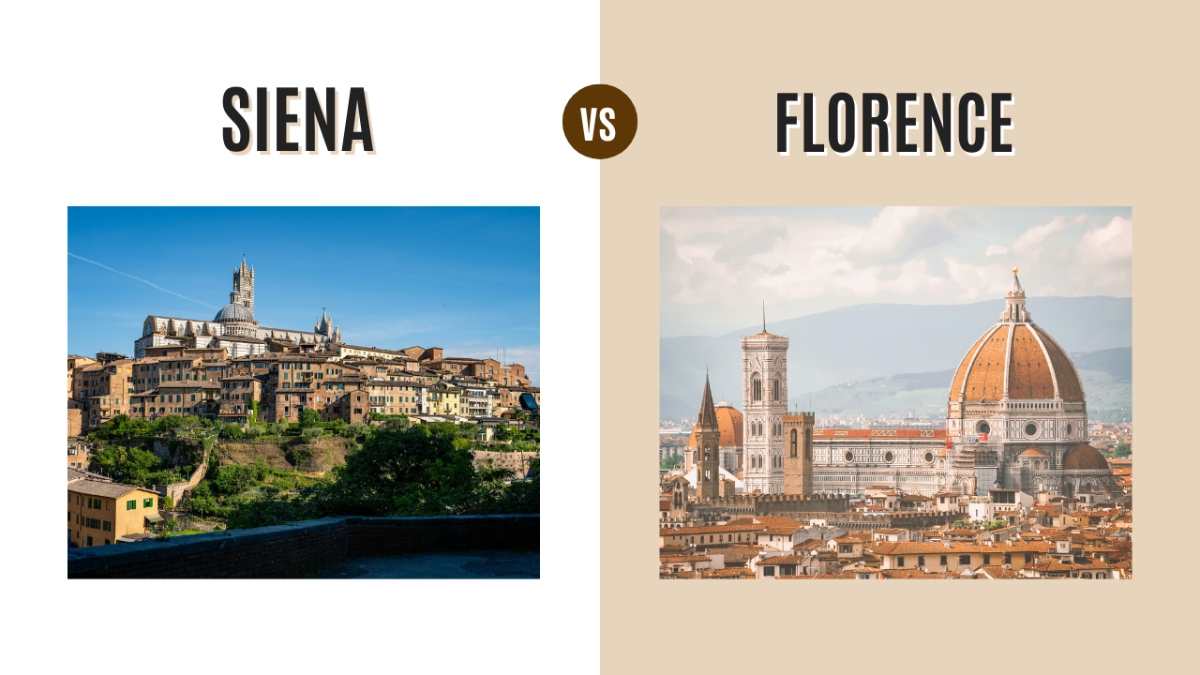
0 Comment